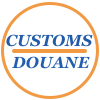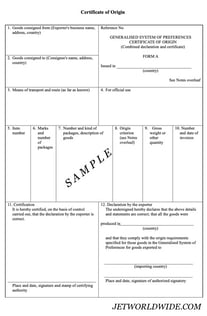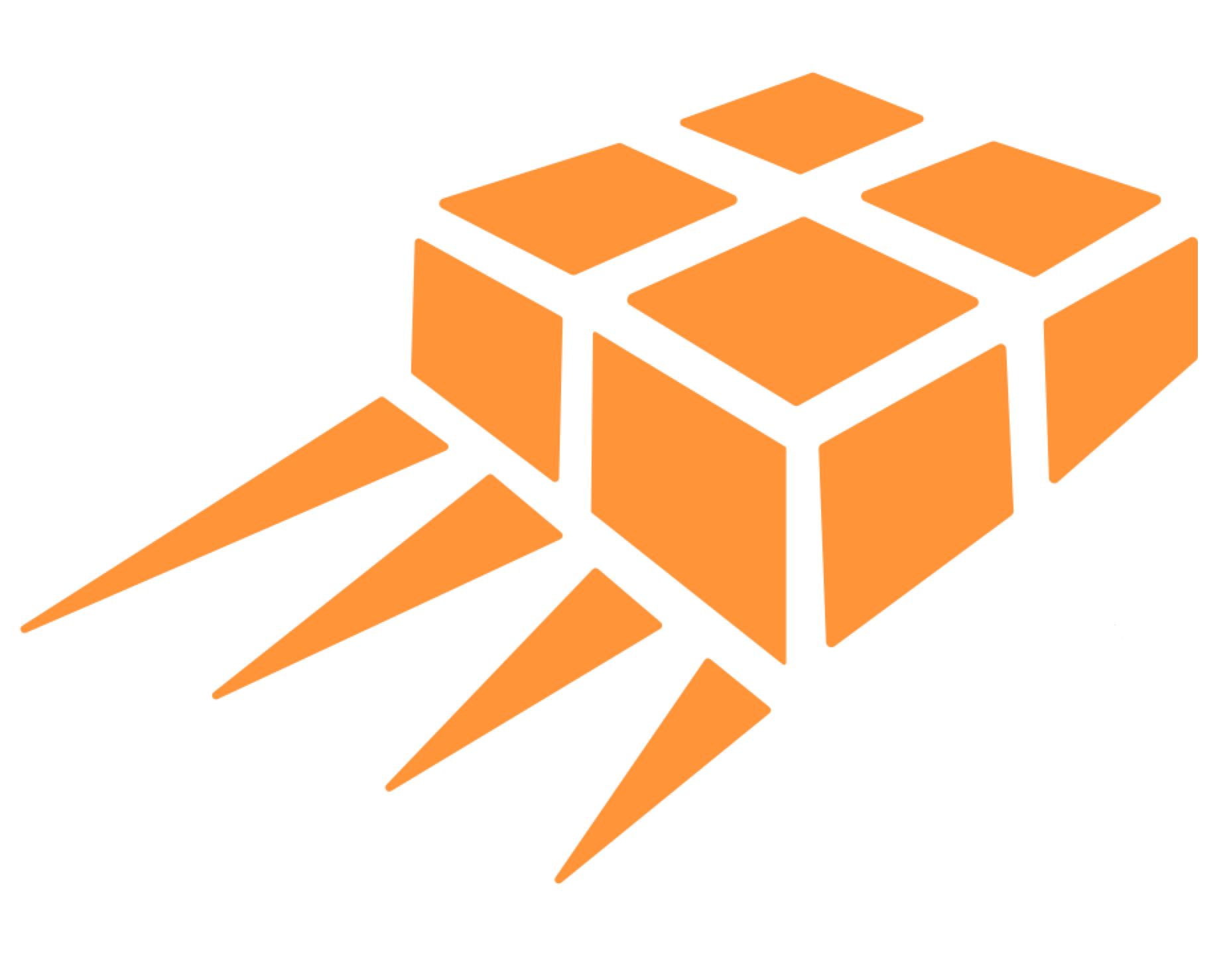
Understanding Canadian Customs Regulations for Import to Canada
Canada shares economic Interdependence with the United States, Asia and Europe. Imported goods support Canadian businesses and meet the demands of Canadian consumers. Similarly, many Canadian goods are exported to other countries, which creates a mutually beneficial economic relationship.
Canadian businesses rely on foreign suppliers with specializations and cost effective products.Importing goods from countries with lower production costs results in cost savings for production of final products made in Canada. This can create a competitive advantage for Canadian businesses that embrace the globalization of their processes.

Disclaimer: The information in all Jet Worldwide online content is for general information only and is not intended to, constitute legal and/or tax advice.All liability with respect to actions taken or not taken based on the contents of this site are hereby expressly disclaimed. The content on this posting is provided “as is”; no representations are made that the content is error-free.
Why Understanding Canadian Customs Regulations is Important for International Shipping
Understanding Canadian customs regulations is important for companies receiving goods from international suppliers. If you receive goods shipped to you in Canada, you are the responsible as the importer of record.
Understanding Canadian customs regulations is critical to ensuring that shipments are compliant and does notresult in penalties, fines, and even seizure of the shipment.

The Role of Canadian Customs in International Trade
The Canada Border Services Agency (CBSA) is responsible for administering Canadian customs laws, including collecting taxes and duties, regulating the movement of goods into and out of Canada, and enforcing trade agreements and regulations.
Canada is part of the World Trade Organization (WTO). As such, Canada adheres to the organization's principles of free and fair trade. The framework of import clearance is similar to other WTO countries including the USA, Europe, Asia and virtually all major economies.
Canadian customs regulates the movement of goods across its borders. This includes collection of import duty and taxes, enforcing trade agreements, preventing the import of restricted goods, and supporting collection of data important for economic analysis.
The taxes and duties are based on the value of the goods, their HS code Classification and their country of origin. The CBSA is tasked with supporting Canadian trade policies designed to ensureCanadian businesses are competing on a level playing field with their international counterparts.

JetWorldwide.com
Jet Worldwide provides Canadian and global logistics. Our support facilitates the international and Canadian movement of goods. Our logistics experts supports your team with industry insights, expertise, decades of experience, trust and transparency.
Overview of Canadian Customs Clearance Process
The Canadian customs clearance process is the process by which goods are cleared by the Canada Border Services Agency (CBSA) to enter Canada. Here is an overview of the customs clearance process:
- Customs Entry: The importer of record - their authorized agent must declare the goods to the CBSA prior to arrival. This declaration includes data such as the HS code of the goods, their unit value, quantity, country from where they are shipped, their country of origin (understanding the difference between from where goods are shipped and their country of origin), and shipping details.
- Assessment: The CBSA will assess the duty and taxes owed baed in the customs declaration.
- Payment: The import duty and taxes must be paid (or guaranteed via a customs bond) prior to being released by customs.
- Examination: The CBSA reserves the right to examine shipments to physically verify the shipments contents versus what was declared.
- Release: If the goods are found to be admissible, and all duties and taxes have been paid, the CBSA will release the goods.
- Recovery of the Goods: The importer or their representative can pickup the shipment for final delivery once they receive notification of release.
Key Documents Required for Shipping to Canada
Here are some of the most important documents you may need:
- Commercial Invoice: This document provides information about the goods being shipped. Read more: Understanding a commercial invoice.
- Bill of Lading or Air Waybill: This is provided by the shipping carrier and should include shipping terms (delivery duty unpaid, delivery duty paid, etc). Read more about shipping terms.
- Packing List: Having a detailed list of the contents of the shipment is particularly important for customs inspections.
- Certificate of Origin: This document verifies if preferential duty free import can be applied to the shipment under one of Canada's free trade agreements.

Read more: Understanding a certificate of origin and when it is needed.
- Import/Export Permit or License: Depending on the nature of the goods being shipped, you may need to obtain an import or export permit or license from the appropriate regulatory agency.
- Other Documents: Depending on the type of goods being shipped, you may need additional documentation such as phytosanitary certificates for plant products, certificates of
Understanding the Canada Border Services Agency (CBSA) Assessment
The Canada Border Services Agency (CBSA) assessment is the process by which the CBSA determines the value of imported goods and assesses any applicable duties and taxes. The assessment is an important step in the Canadian customs clearance process and is necessary to ensure that goods are properly accounted for and that the correct amount of duties and taxes are paid.
The assessment of import duty and taxes are based on three main factors:
It's important to note that the CBSA assessment process can be complex, and the duties and taxes payable may vary depending on
Taxes, and Duties for Shipping to Canada
The import tax is calculated on the value plus duty. The rate of tax depends on the province to where the goods are consigned.
 Read more about Canadian import fees
Read more about Canadian import fees
In addition to standard import fees, there may be other charges such excise taxes (applied to goods such alcohol and tobacco products) and anti dumping/ countervailing duties. Read more: Understanding import duty and how it is calculated.
Tips for Smooth Customs Clearance in Canada
The more important tips to help ensure a smooth import customs clearance to Canada is to confirm costs and processes prior to shipping.
Accurate Description and HS Code: The more valuable the shipment, the more important the HS code classification. For smaller shipments of, for example 20 kilograms of goods valued at $1000, an specific description of the goods and their intended use can be enough. However, it is always best to know the HS code.
 Read more: Understanding HS codes and how to classify goods.
Read more: Understanding HS codes and how to classify goods.
If you are importing to Canada, it is important to become familiar with Canadian Customs online portal which is designed to streamline processes. Read more about CBSA Assessment and Revenue Management (CARM)
Clarify the value to be declared: It is important to understand that the value used to assess duty and taxes is the "CIF Value." The CIF value is the sum of the cost ("C") of the goods plus insurance ("I") and Freight/ shipping cost ("F").
Understand Canadian Customs Regulations: The CBSA website provides a wealth of information on customs regulations, procedures, and requirements.
Common Customs Issues for International Shipping to Canada
Common customs issues when shipping goods to Canada include:
- Incorrect or Incomplete Documentation: Read more about a customs invoice.
- Delays at the Border: A general inquiry regarding typical delays at border crossings helps determine the best ports of entry to use and time of year to ship.
- Non-Compliance with Regulations: Even if the basic import regulations, the rules can sometimes be complex and catch even the most seasoned expert by surprise.
Working with a Customs Broker for Shipping to Canada
Working with a customs broker can be an effective way to streamline the customs clearance process when shipping goods to Canada. But, importers remain the responsible party even when using a a licensed customs broker professional.
Working with a carrier's broker
The majority of shipments are imported via carriers such as Canada Post, FedEx, UPS and DHL. For shipments valued under $3,300, goods are cleared via the LVS system. This allows express clearance and for carriers to collect import fees from the consignee prior to delivery. Read more about Canadian import fees.
So, even if goods are cleared on your behalf by a carrier or you choose a customs broker it is important to be aware of the fundamentals of imports. We have written this post to assist with the many inquires we get on importing to Canada. Contact our team for further assistance with getting a shipping rate and logistics support.



 Read more about CIF value.
Read more about CIF value.



